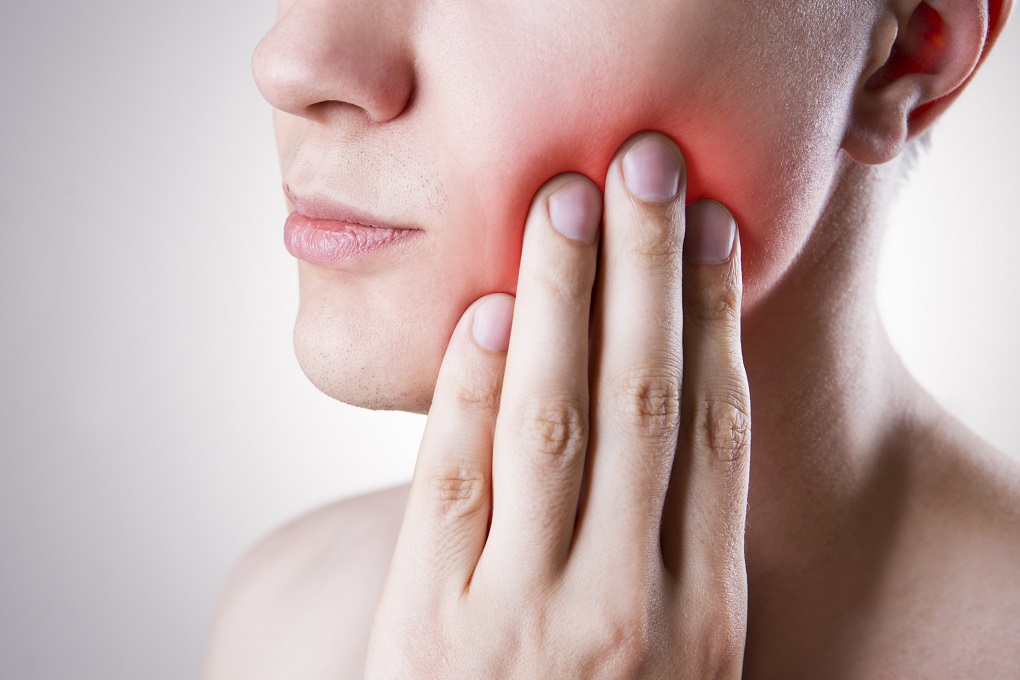
[ad_1]
Trigeminal neuralgia is a persistent ache situation that may end up in inexplicable and spontaneous ache within the areas innervated by all three branches of the trigeminal nerve. Oftentimes, sufferers with trigeminal neuralgia will method a dentist with complaints of ache of their mouth with no apparent trigger. It will be important for dental suppliers to differentiate trigeminal neuralgia from the standard suspects of dental ache with a purpose to finest deal with the affected person and keep away from pointless hurt.
Misdiagnosing trigeminal neuralgia in a dental workplace might result in a affected person receiving procedures reminiscent of restorations, endodontic remedy or premature extractions of significant dentition — procedures that, finally, might not resolve the affected person’s ache. Dentists are skilled to acknowledge many causes of ache within the mouth and face, all of that are equipped by the trigeminal nerve. This familiarity with the anatomy of the pinnacle and neck can also be what permits a dentist to play a pivotal function in recognizing a trigeminal-associated pathology. Within the situation the place it’s tough to achieve a logical, dentition-associated analysis of the origin of dental ache, one should contemplate the differentials of orofacial ache.
Typical signs of trigeminal neuralgia embrace bouts of spontaneous, stabbing ache or a extra persistent, burning feeling restricted to areas of trigeminal nerve distribution. These painful episodes are normally adopted by asymptomatic intervals. As well as, most all sufferers can have stimuli or cutaneous triggers for ache. One study reviews that the most typical set off of ache for trigeminal neuralgia is mild referring to the face in 79% of sufferers noticed, and different triggers embrace chewing, tooth brushing and even speaking. It isn’t unlikely, then, that lots of the chairside checks that dentists conduct to find out tooth vitality may additionally set off these signs instantly or not directly. On this occasion, it’s particularly vital to acknowledge false constructive take a look at outcomes and keep away from tunnel imaginative and prescient which will rush therapy. The next are some cues in questioning which will support a dentist or dental scholar in diagnosing trigeminal neuralgia:
- Get hold of the affected person’s medical historical past. Rule out differentials reminiscent of post-herpetic neuralgia, cluster complications, temporomandibular joint dysfunction and oral pathologies.
- Ask the affected person to specify their ache sensation, looking for the qualities described earlier. In the event that they report numbness, fixed ache, bilateral ache or an absence of triggers, it might not be trigeminal neuralgia.
- Some sufferers might have tried over-the-counter ache aid medicines with no success.
When the analysis of trigeminal neuralgia has been established and even suspected, it could be acceptable to refer the affected person to a specialist. This may very well be an orofacial ache drugs physician, a neurologist, a psychologist or a sleep drugs specialist, to call a couple of. The NIH reviews that therapies for trigeminal neuralgia vary from non-invasive treatment regimens to a mess of surgical procedures. The interdisciplinary data to refer is invaluable for a affected person who might have additional imaging reminiscent of an MRI or therapies solely succesful in a hospital setting.
When a affected person complains of ache within the mouth with no simply identifiable origin, a dentist ought to consider atypical situations reminiscent of trigeminal neuralgia. It’s a dentist’s duty to not solely acknowledge the ache for what it’s, however most significantly, acknowledge it for what it isn’t.
~Denise Miresmaili, Los Angeles ’22
[ad_2]
Source link








